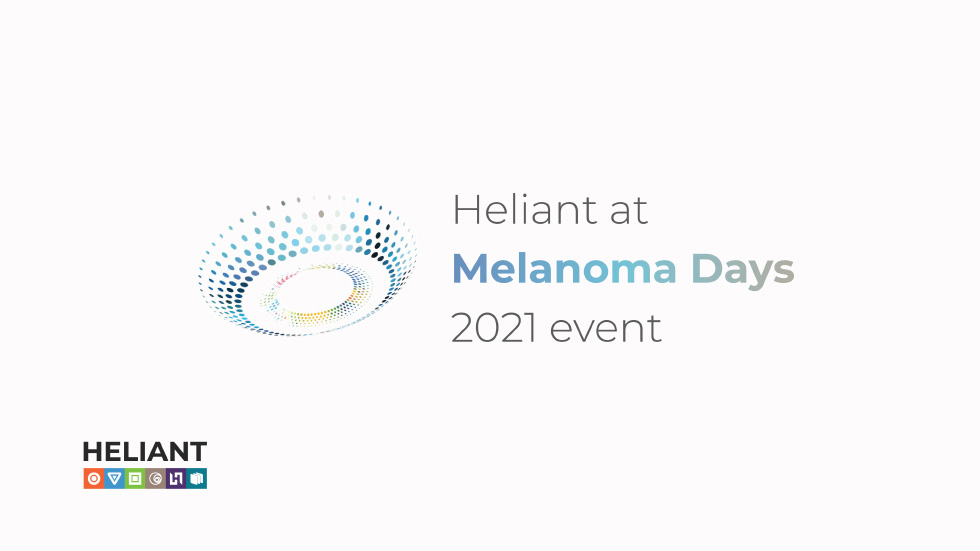On Tuesday, December 7, 2021, on the occasion of Melanoma Days 2021, a hybrid annual meeting of the SLD Melanoma Committee was held, entitled “Melanoma – Novelties and Challenges”.
This symposium hosted eminent experts and lecturers in the field who had the opportunity to talk about adjuvant therapy of melanoma, the impact of the coronavirus pandemic on patients, prevention, diagnosis and treatment.
Filip Maljković, head of the development team of the company “Heliant”, in addition to experts from healthcare facilities who stressed the importance of structuring data for reporting, had the opportunity to talk about connecting the Heliant system with the Melanoma Registry.
What are the benefits of improving the clinical database and its integration with the Melanoma Registry?
Filip: All the data in the clinical database will be better organized than they are at the moment and in that regard more suitable for statistical processing. Precisely because of the need for simpler reporting, in cooperation with the representatives of the Institute of Oncology of Serbia (IORS), we came up with the idea to transform the entry in the clinical register, and/or to supplement the fields and markers to be imported into the Melanoma Registry.
What are the challenges when it comes to connecting to the Melanoma Registry?
Filip: At the meeting with the organization “EUMelaReg” representatives, the quality of data was singled out as a key factor in connecting with the Melanoma Registry. I think that connecting to this register is a technological novelty for Heliant, other than a challenge.
What has been done in this field in the meantime?
Filip: The clinical database has been supplemented with features so that as much data as possible intended for statistical processing is entered in a structured form. The number of fields entered in free text form is reduced to a minimum. On the other hand, a significant number of date features have been added that describe the timing, which is extremely important for drawing conclusions about the course of the disease and the effects of treatment.
How is the connection to the Melanoma Registry achieved?
Filip: EUMelaReg representatives have provided us with technical documentation that unequivocally describes which fields within the IORS clinical database will correspond to the fields within the Registry. It is planned that healthcare facilities that do not use Heliant will enter the data manually in the Melanoma Registry. It is planned that healthcare facilities that do not use Heliant will enter the data manually in the Melanoma Registry.
What is the future when it comes to clinical databases for melanoma?
Filip: The idea is to, in cooperation with experts in the field, create an ecosystem in which the quality of data will be at a high level, whose ultimate goal will be more successful prevention of melanoma, as well as improving the quality of healthcare for melanoma patients. Heliant has started adapting the clinical database at IORS, and in the near future the beginning of activities for the development of such a database at the Clinical Centre of Montenegro is expected.
